Aditya-L1 mission: Key points awaits, says ISRO chief
ISRO's Aditya-L1 mission is set to reach its destination in mid-January, studying the Sun's outer atmosphere on its journey.
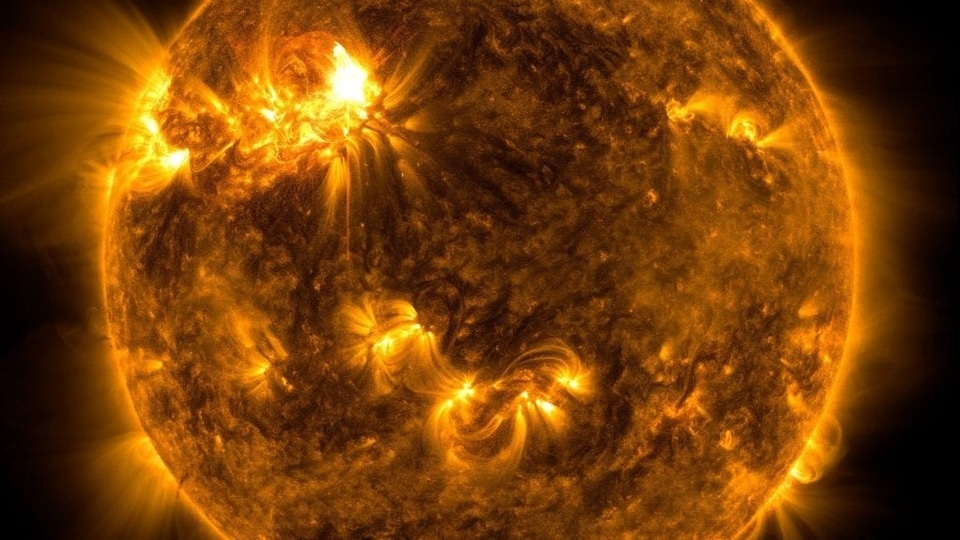
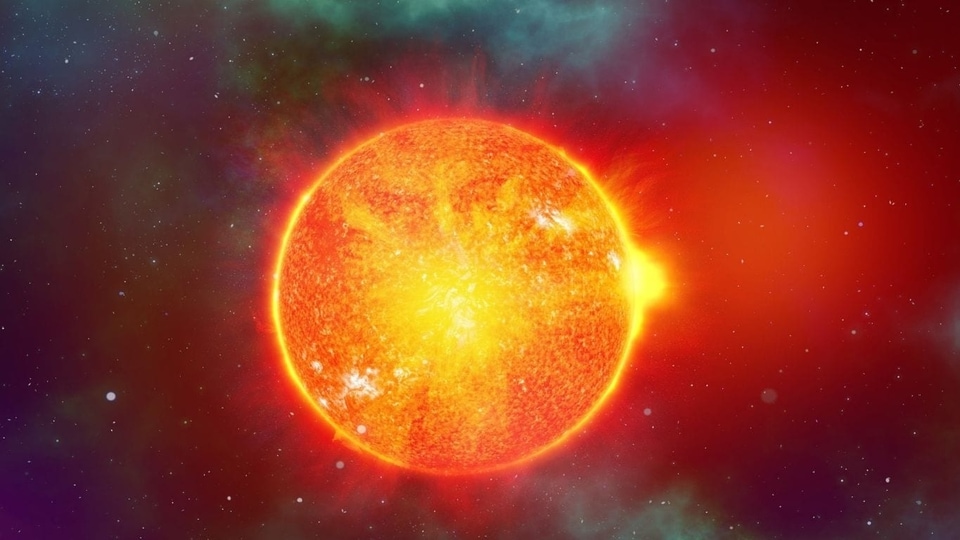
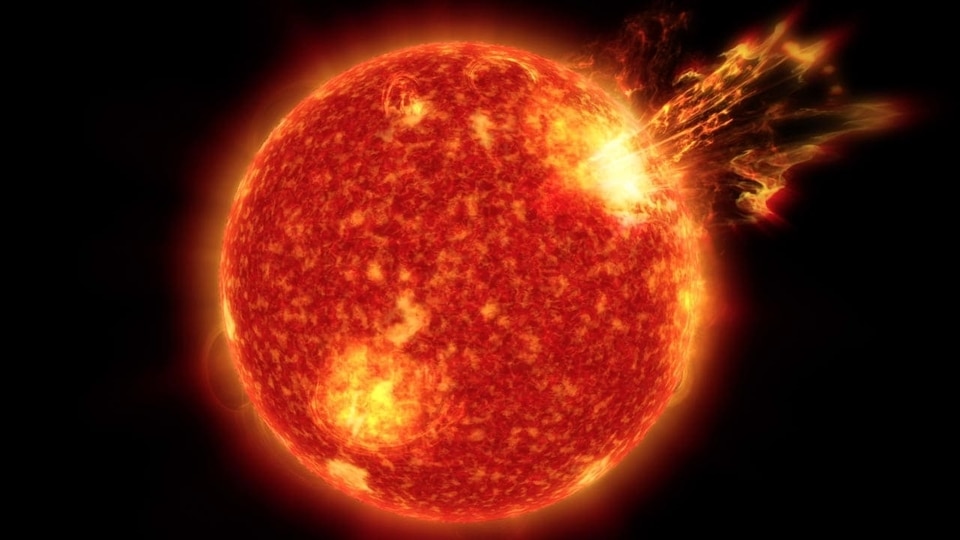
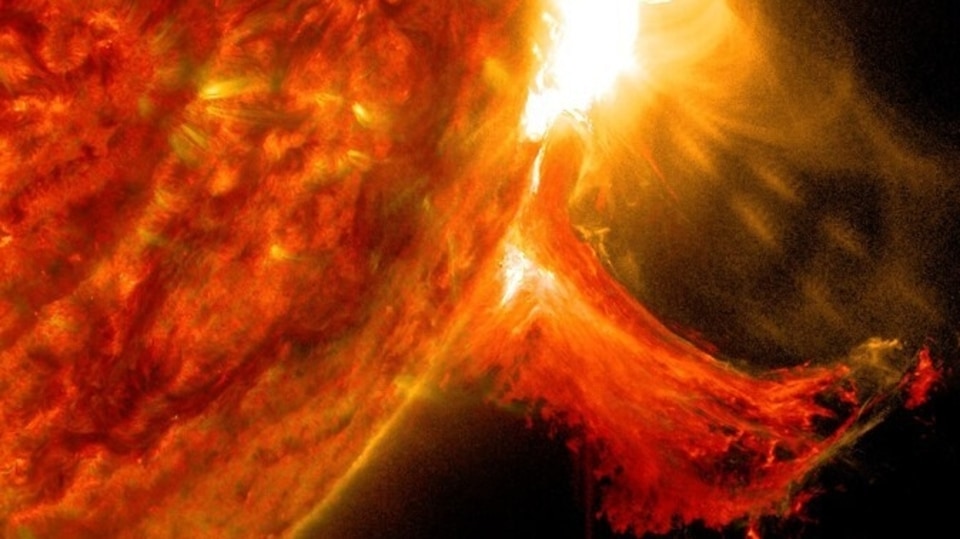

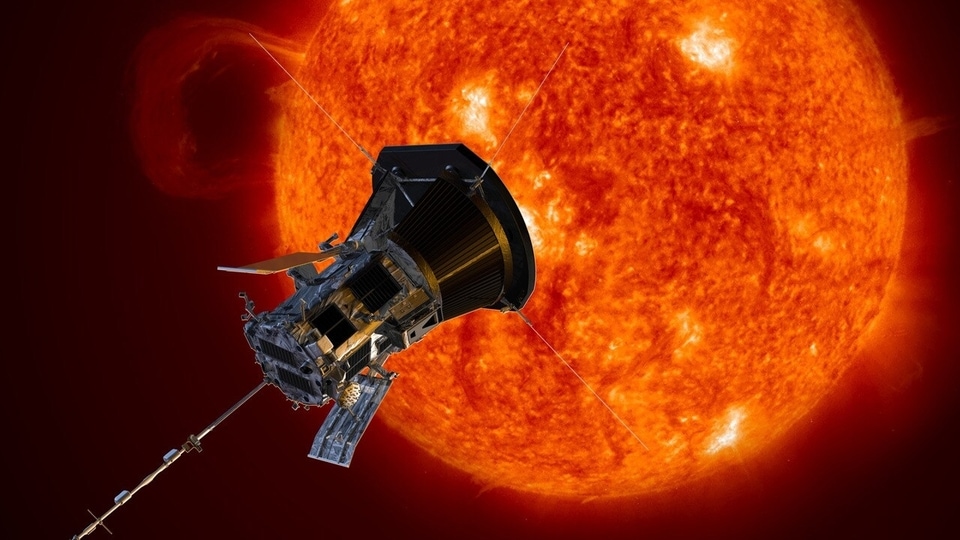
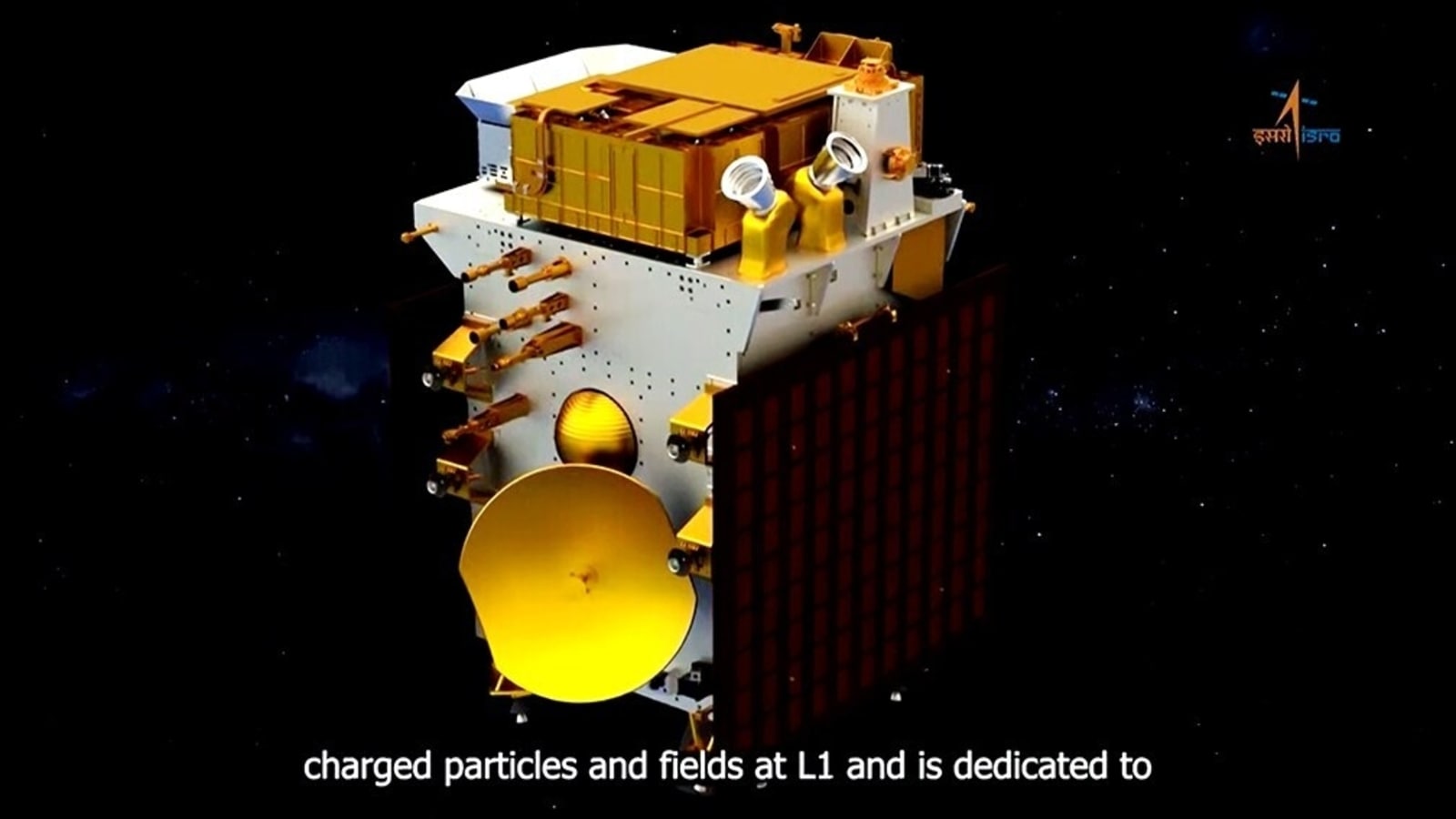
 View all Images
View all ImagesThe head of the Indian Space and Research Organisation (ISRO), S. Somanath, has announced that the Aditya-L1 mission spacecraft, India's first solar mission, is set to reach Lagrange Point 1 (L1) by mid-January. The spacecraft is currently on a 110-day journey from Earth to reach its destination and then to spy on the Sun.
ISRO Chief S. Somanath shared this exciting news while speaking with reporters in Tamil Nadu's Madurai. "Right now, it takes nearly 110 days to travel from Earth to the L1 point," he explained. So, by the middle of January, it will arrive at the L1 point. He also mentioned that once it reaches the L1 point, they will perform an insertion into the Lagrange Point, known as the halo orbit, which is a large, circular path, ANI reported.
We are now on WhatsApp. Click to join.
Aditya-L1 Mission to Study the Sun
The Aditya-L1 mission was launched from the Satish Dhawan Space Centre in Sriharikota on September 2, shortly after the successful soft landing of Chandrayaan-3 near the South pole of the moon.
The spacecraft is equipped with seven specialised instruments designed to study the sun comprehensively. Four of these instruments will observe the sun's light, while the other three will measure various properties of the plasma and magnetic fields. Aditya-L1 mission craft will be placed in a halo orbit around Lagrangian Point 1 (L1), located about 1.5 million kilometres away from Earth in the direction of the sun. It is expected that Aditya-L1 will cover this distance in four months.
The primary Aditya-L1 mission objective is to investigate the outer atmosphere of the Sun, which is a vast region of gas.
Gaganyaan Program Progress
During the discussion,ISRO Chief S. Somanath spoke about the Gaganyaan mission. He mentioned that the Test Vehicle-D1 mission is scheduled for October 21 as part of the Gaganyaan program, which aims to test and demonstrate the crew escape system. The Gaganyaan project's ultimate goal is to showcase India's human spaceflight capabilities by launching a crew of three members into orbit for a three-day mission, according to ISRO, this will be followed by a safe return to Earth through landing in Indian sea waters. Somnath also revealed ISRO's plans for several upcoming launches in the coming months, including GSLV, SSLV, the Gaganyaan unmanned mission, and a PSLV launch before January.
Catch all the Latest Tech News, Mobile News, Laptop News, Gaming news, Wearables News , How To News, also keep up with us on Whatsapp channel,Twitter, Facebook, Google News, and Instagram. For our latest videos, subscribe to our YouTube channel.






























